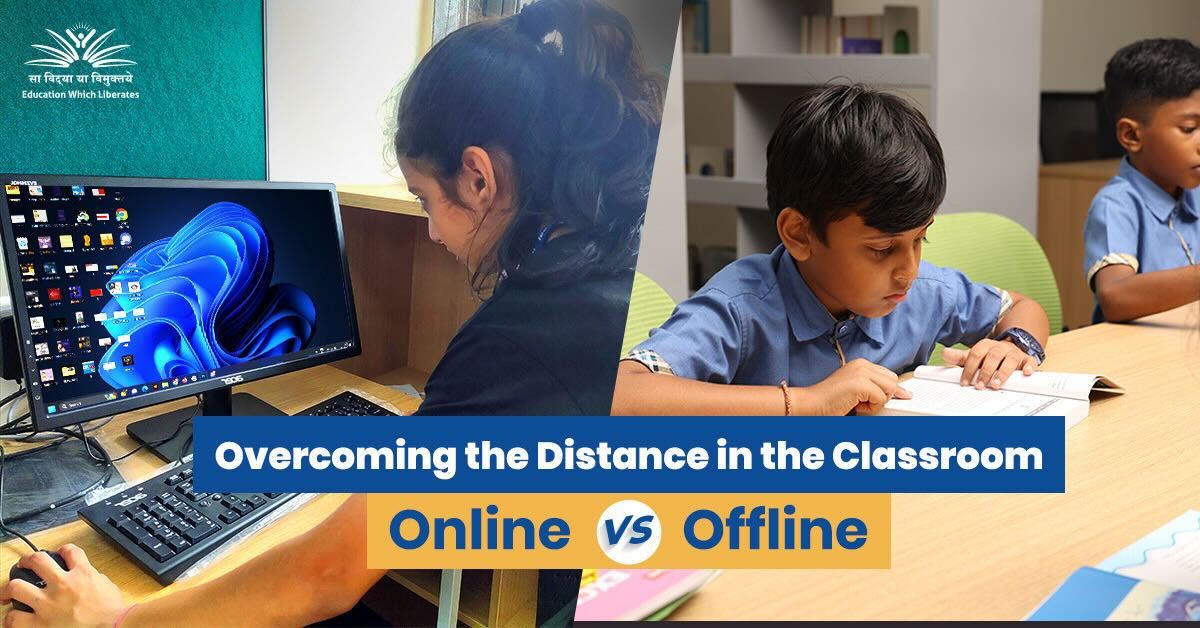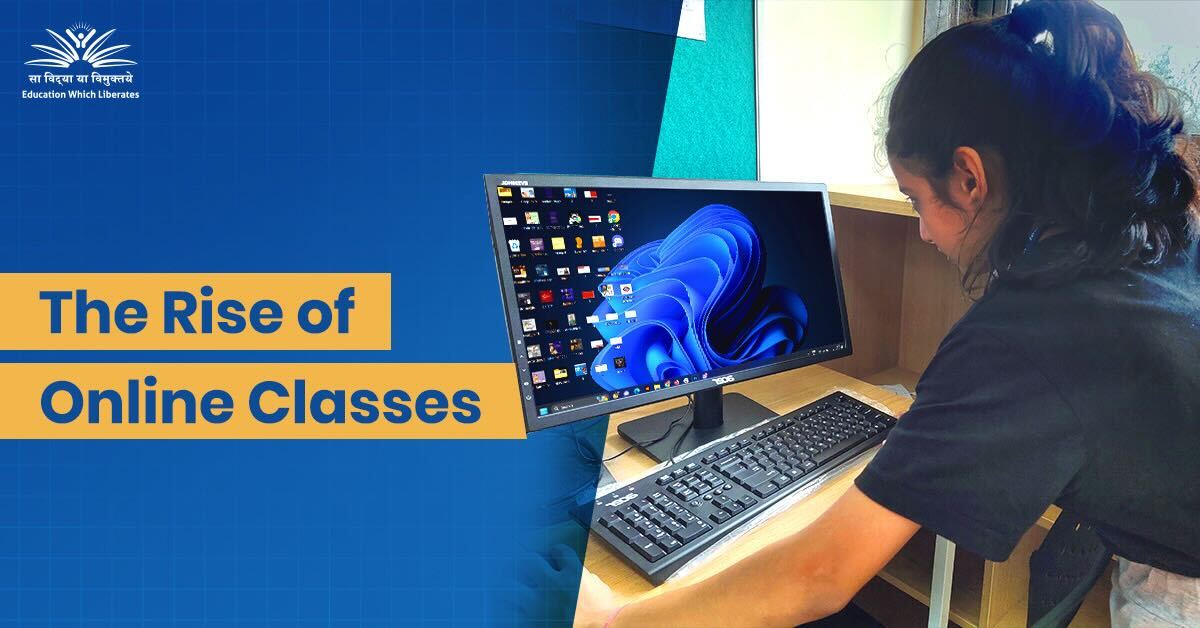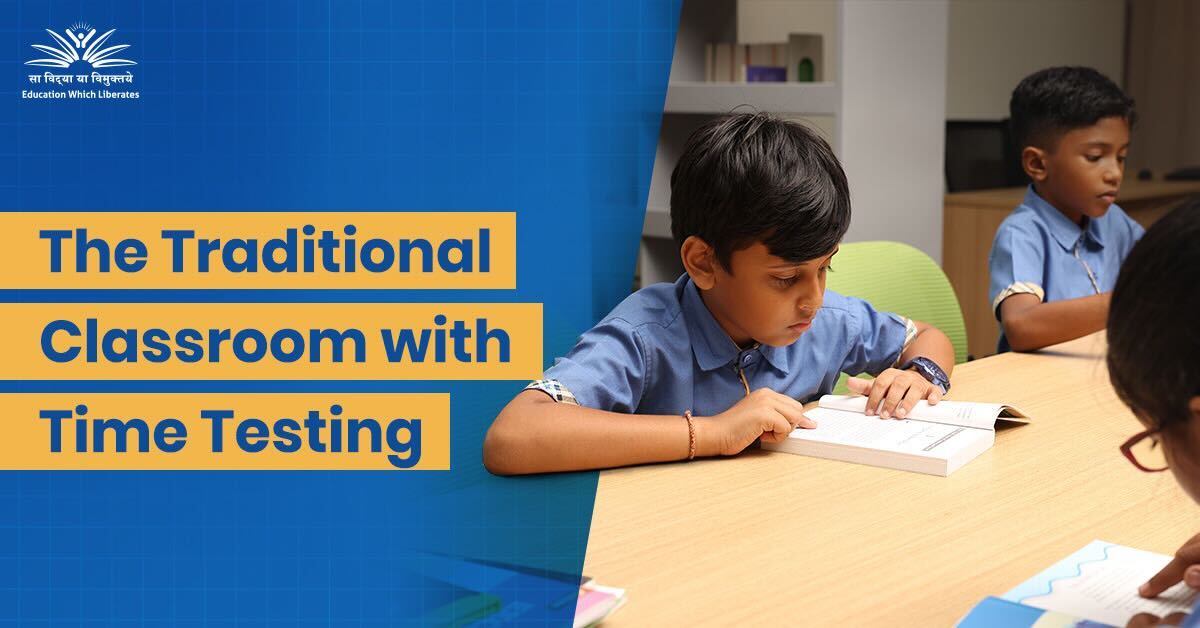Overcoming the Distance in the Classroom: Online vs. Offline Classes

Introduction:
The argument over online vs offline learning has gathered a lot of momentum in the quickly changing field of education. With the development of technology, learning is no longer limited to traditional classroom settings. We’ll go over the main distinctions between in-person and virtual learning in this article, along with the benefits and drawbacks of each.

The Rise Of Online Classes:
In recent years, online learning has grown in popularity as a convenient and affordable substitute for traditional classroom settings. Online learning has been increasingly popular due to the convenience of being able to learn from home and its accessibility from almost anywhere.
Advantages Of Online Classes
Flexibility:
The flexibility that online programmes provide is one of their biggest benefits. A larger audience can access education since students can adjust their schedules to fit other obligations.
Accessibility:
Students from various areas can engage in courses given by universities all around the world thanks to the removal of geographical constraints that come with online learning. This creates chances for international cooperation and cross-cultural interaction.
Multimedia Learning:
To improve the learning experience and accommodate different learning styles, online classrooms frequently make use of multimedia components including movies, interactive tests, and virtual simulations.
Cost-Effective:
Students can cut spending on lodging, transportation, and other expenses related to physically attending classes. Furthermore, the cost of tuition for online courses can occasionally be lower, which helps many people afford an education.
Challenges of Online Classes
Absence of Face-to-Face Interaction:
The lack of face-to-face interaction is one of the main complaints levelled against online learning. In a virtual setting, forming relationships with classmates and teachers might be difficult.
Technical Difficulties:
Hardware constraints, software bugs, and connectivity problems can make it difficult for online classrooms to operate smoothly and negatively impact students’ learning outcomes.
Self-Motivation:
The discipline and motivation needed for online learning are very strong. A typical classroom’s structure may make it difficult for certain pupils to remain attentive and involved.

The Traditional Classroom With Time Testing:
For generations, the basis of education has been provided via offline, or traditional, classrooms. The structured atmosphere and face-to-face interaction offer a tried-and-true approach to knowledge transfer.
Advantages Of Taking Classes’ Offline
Face-to-Face Interaction:
In traditional classroom settings, students and teachers engage in direct communication. This may result in improved retention and a deeper comprehension of the subject matter.
Structured Environment:
Students can benefit from a more focused and concentrated environment in the physical classroom, which helps reduce distractions from outside sources.
Immediate response:
In a traditional classroom, teachers are able to respond to queries and concerns right away by offering immediate response. This in-the-moment communication adds to a dynamic educational process.
Socialisation:
Conventional classrooms help students socialise with one another, which fosters cooperation, teamwork, and the growth of interpersonal skills.
Challenges of Offline Classes
Limited Flexibility:
The primary downside of offline learning is its lack of flexibility. Because of scheduling conflicts and other obligations, traditional classes may not be able to accommodate every student, which could result in exclusions due to practical limitations.
Geographical Restrictions:
Students are only allowed to attend educational establishments that are close to them, which restricts their access to a wider variety of educational options.
Conclusion:
The choice between online and offline classes ultimately depends on various factors, including individual learning preferences, lifestyle, and the nature of the course. While online classes offer flexibility and accessibility, traditional classrooms provide the invaluable experience of face-to-face interaction and a structured learning environment. At KES International School, through the medium of traditional classrooms, we provide each of our Pre-Primary, Primary, Upper Primary, and Secondary learner with the tools they need to overcome obstacles, develop resilience, and lead healthier and balanced lives. The future of education may very well lie in a hybrid model that combines the strengths of both approaches, creating a dynamic and inclusive learning environment for students worldwide.
You may also like to read about: Well being To Foster Holistic Health Among Learners Or Nurturing Young Minds : Yoga For Kids In The Classroom.
Prasad Biswas
KES’

